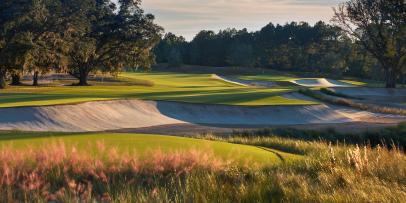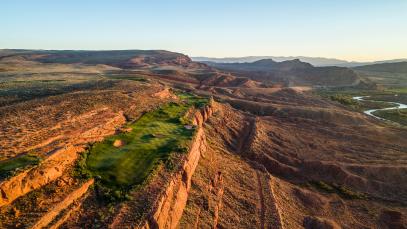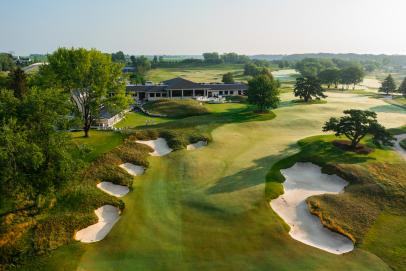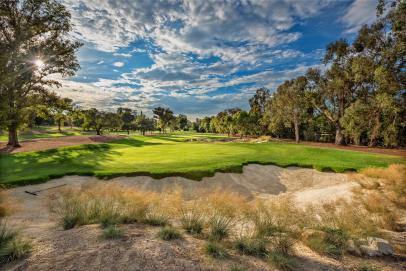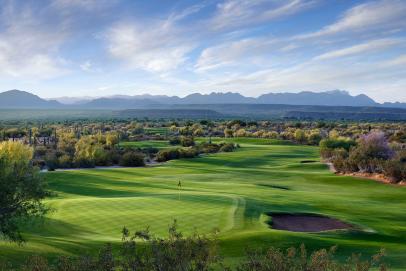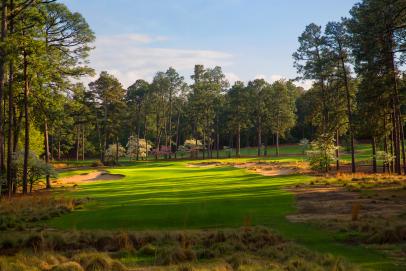March Madness
Where’s the best golf in the U.S.? Our scientific ranking of the top areas
It’s one of golf’s great debates: Where is the best golf in the United States? Like any great debate, there’s subjectivity involved. If you’re talking states, New York and California are the clear leaders. Twenty percent of the nation’s top-200 courses are from either state. What makes it interesting is when you break New York and California down into smaller regions. Isolate courses in Long Island and Westchester County, N.Y., for example, and pit them against courses in a metro area like Philadelphia or Chicago, and now the results get tight.
With March Madness upon us, all the bracket chatter made us want to formulate a definitive ranking of the nation’s best golf regions. Using the scores from our most recent 100 Greatest and Second 100 Greatest rankings, we have determined the Sweet 16 of golf regions.
Of course, there’s also some debate to be had over what constitutes a region. We figure a golfer must be able to reasonably travel to all the courses in a region on a trip. We then averaged the panelists’ scores of the 10 best courses in each region to create the ranking. (We’ve included the course listings of the top-three courses in each region.) A great golf region is more than just one or two highly ranked courses, and having impressive depth is rewarded on this list.
Scroll on to see the complete ranking and be sure to click to learn more about each course and read reviews from our course-ranking panelists and readers. Have you played one of these courses? We encourage you to leave your review and star rating as part of Places to Play, where we’re building a hub of courses content, complete with course reviews, experts’ opinions and star ratings.
1. Long Island
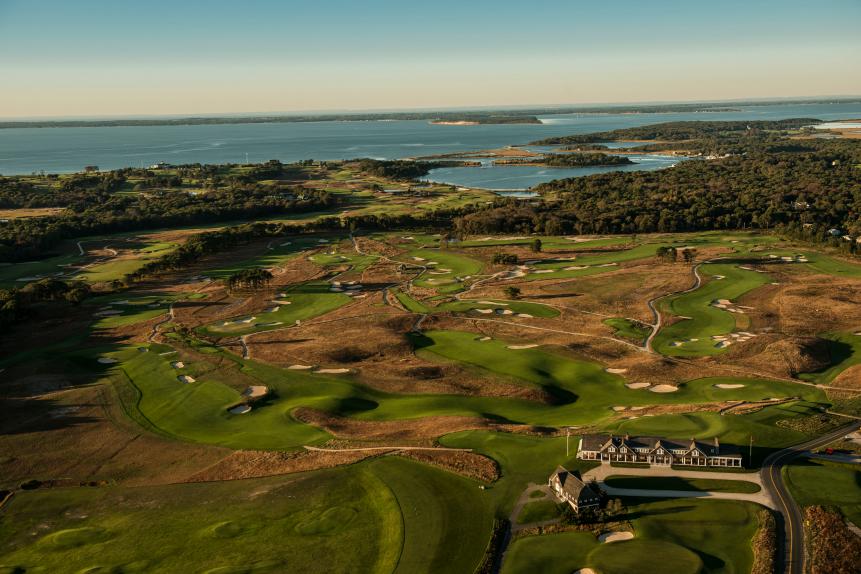
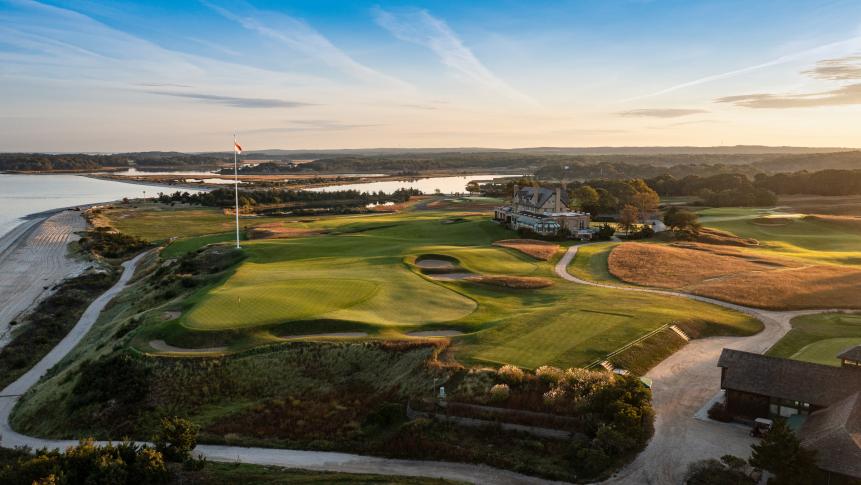
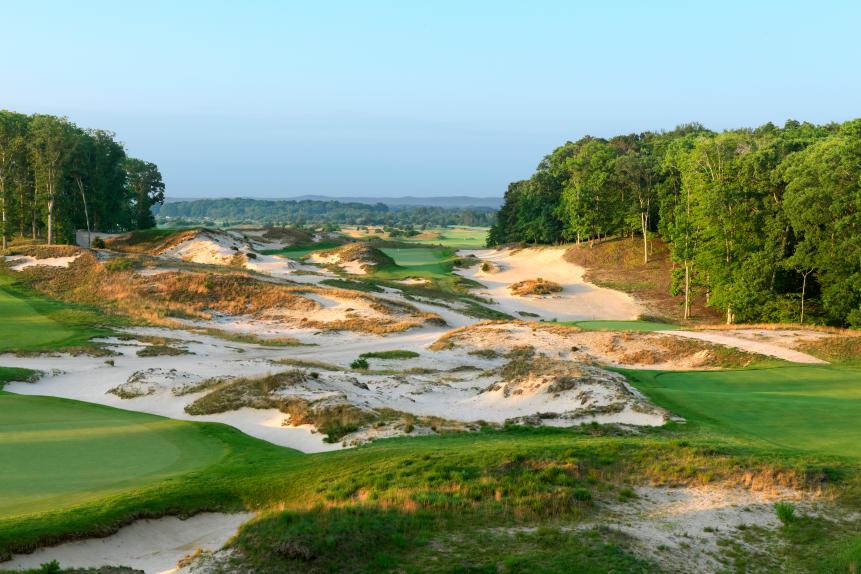
4. Sebonack G.C., Southampton
5. Bethpage State Park (Black), Farmingdale
6. Garden City G.C.
7. Maidstone Club (West), East Hampton
8. Piping Rock Club, Locust Valley
9. The Creek, Locust Valley
10. Atlantic G.C., Water Mill
2. New Jersey
Editor's note: Given Pine Valley's proximity to Philadelphia, we've included it in the "Greater Philadelphia" region on this list.
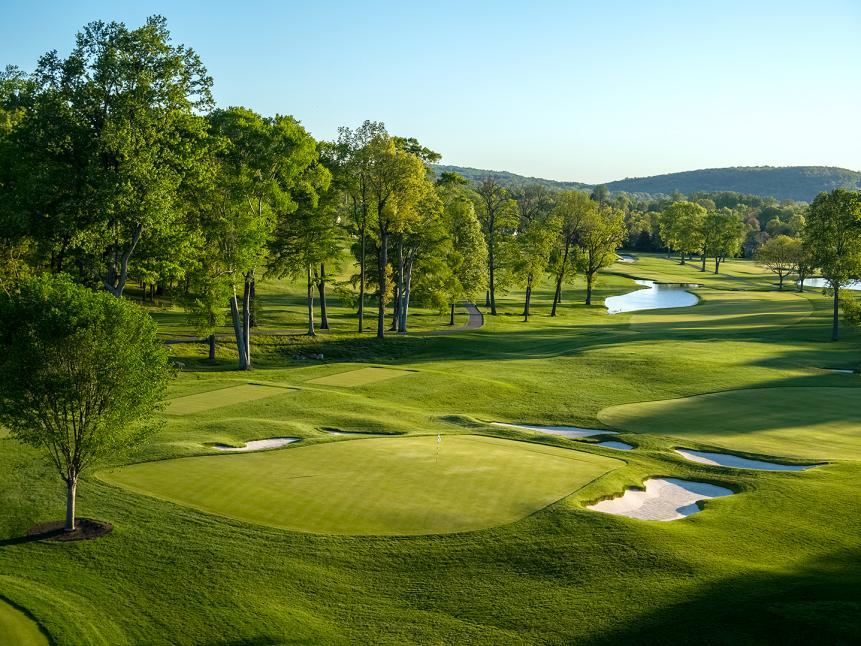
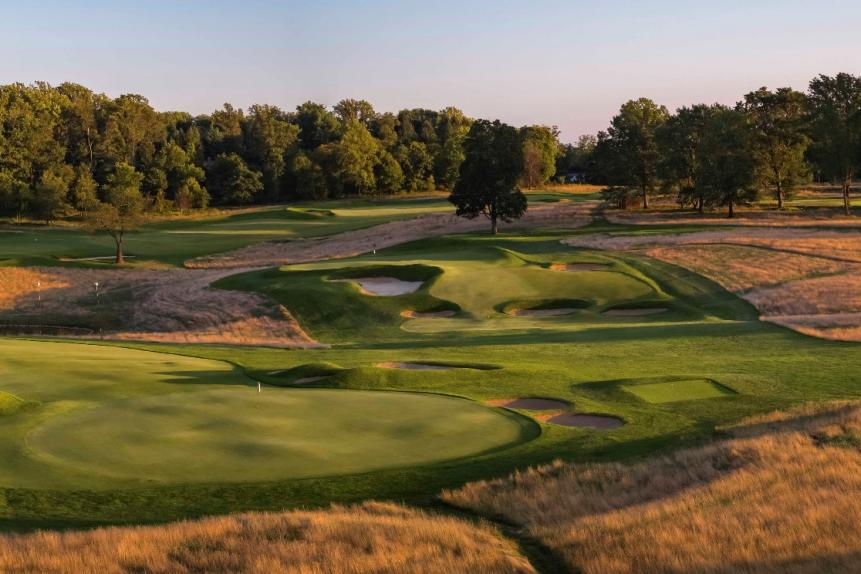
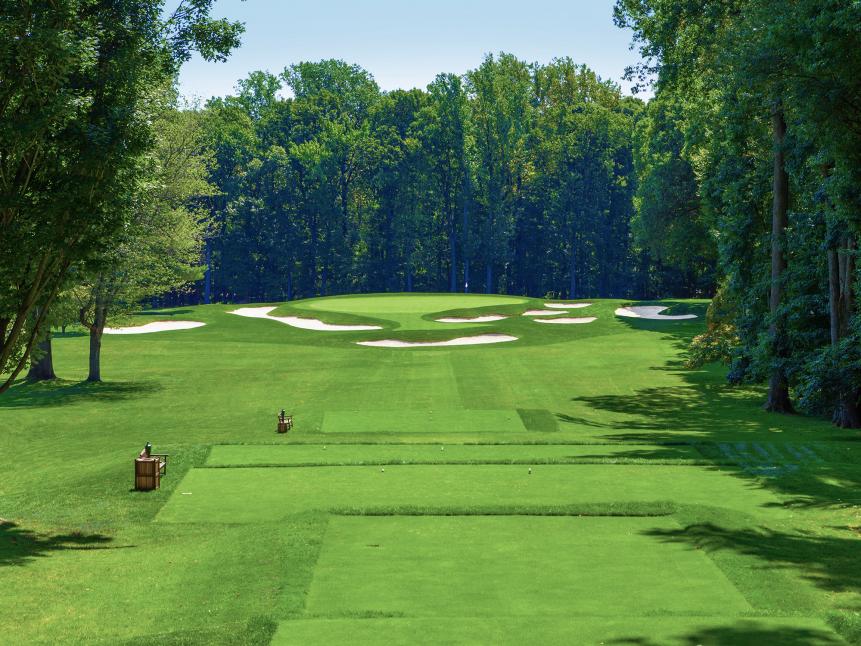
4. Plainfield C.C., Edison
5. Galloway National G.C., Absecon
6. Ridgewood C.C., Paramus
7. Bayonne G.C.
8. Trump National G.C. Bedminster (Old)
9. The Ridge at Back Brook, Ringoes
10. Mountain Ridge C.C., West Caldwell
3. Greater Chicago
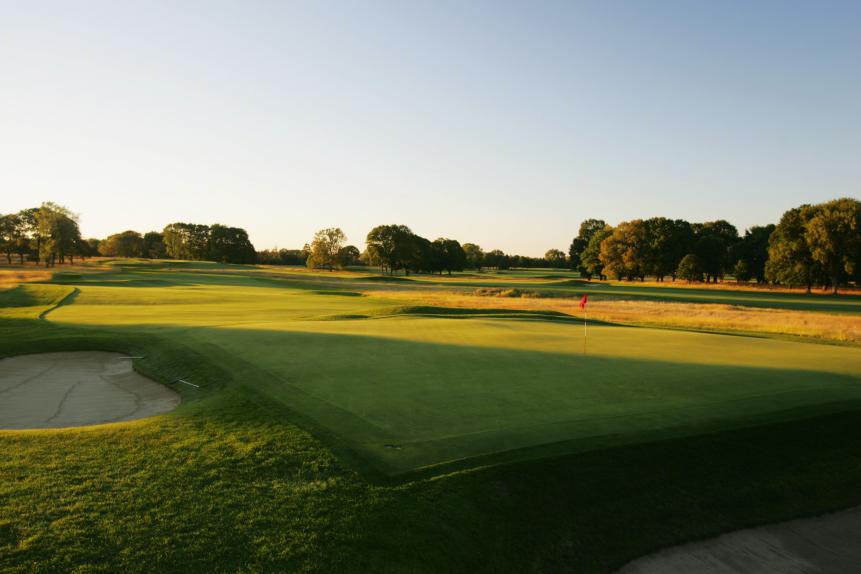
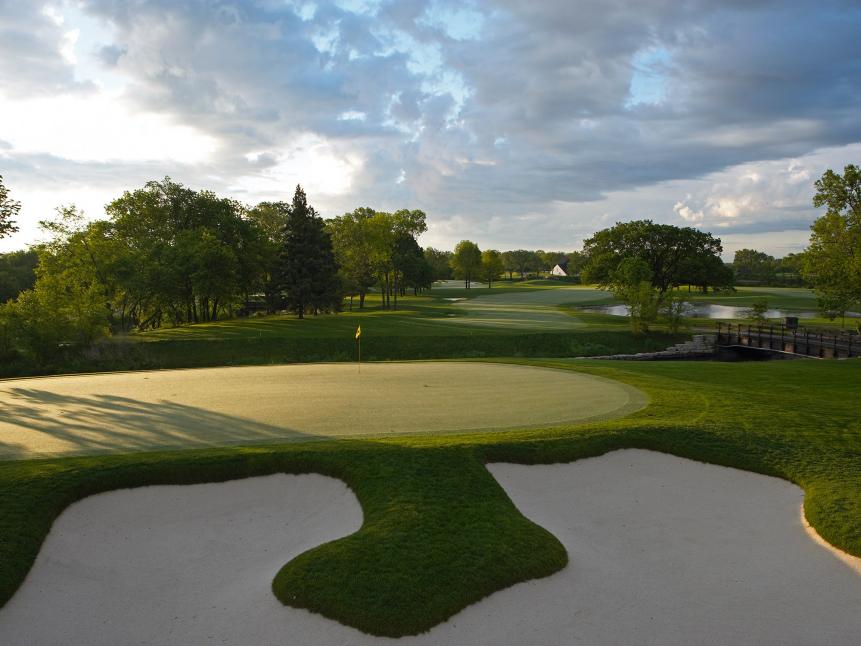
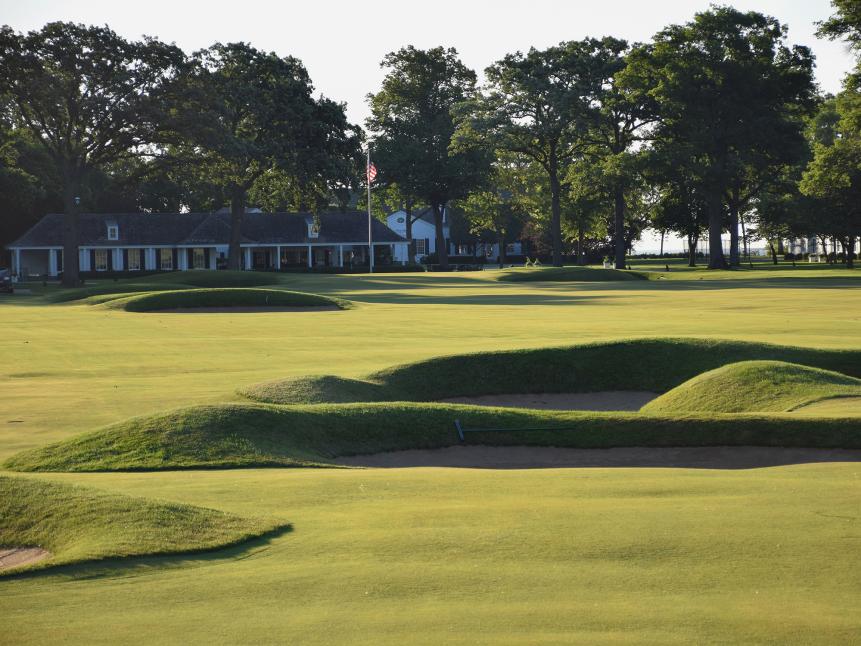
4. Medinah C.C. (No. 3)
5. Olympia Fields C.C. (North)
6. Rich Harvest Farms, Sugar Grove
7. Old Elm Club, Highland Park
8. Skokie C.C., Glencoe
9. Olympia Fields C.C. (South)
10. Conway Farms G.C., Lake Forest
4. Monterey Peninsula

From Golf Digest Architecture Editor emeritus Ron Whitten: Cypress Point, the sublime Monterey Peninsula work of sandbox sculpture, whittled Cypress and chiseled coastline, has become Exhibit A in the argument that classic architecture has been rendered ineffectual by modern technology. I'm not buying that argument. Those who think teeny old Cypress Point is defenseless miss the point of Alister MacKenzie’s marvelous design. MacKenzie relished the idea that Cypress Point would offer all sorts of ways to play every hole. That philosophy still thrives, particularly in the past decade, after the faithful restoration of MacKenzie’s original bunkers by veteran course superintendent Jeff Markow. Certainly one way to play Cypress is the full-bore, take-dead-aim, grip-it-and-rip-it, bomb-and-gouge approach. But it’s also a course where finesse still matters, where course management is still rewarded. Yes, long bombers can go low at Cypress Point these days, but so can short-hitting, thoughtful players, who much like sailors in a storm tack their way around bunkers, trees, dunes and ocean coves. And when the winds come up, as they often do at Cypress, it’s the latter approach that’s likely to be more successful.
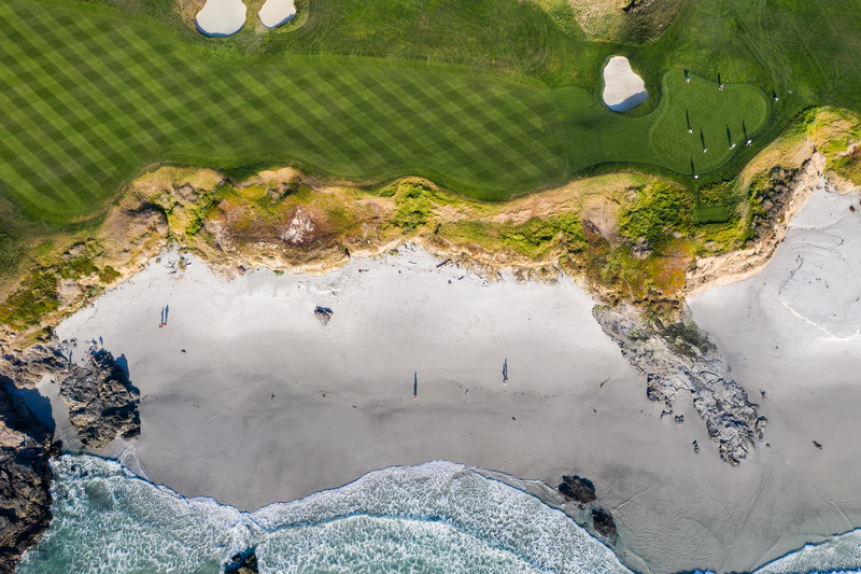
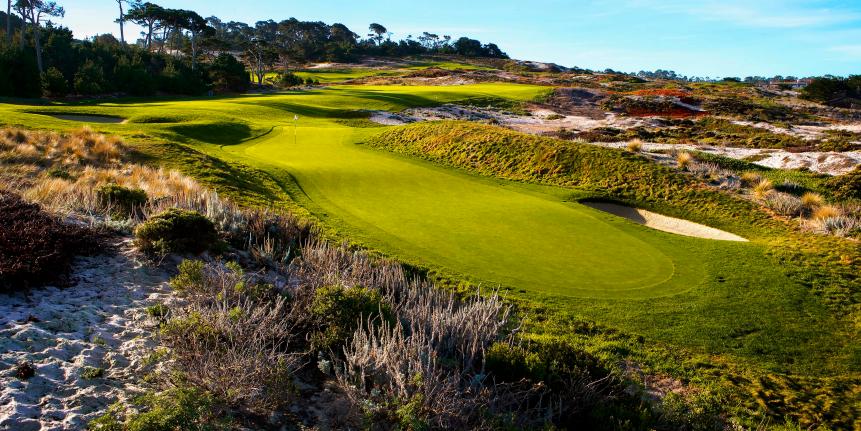
4. Monterey Peninsula C.C. (Shore), Pebble Beach
5. Monterey Peninsula C.C. (Dunes), Pebble Beach
6. The Preserve G.C., Carmel
7. The Links at Spanish Bay, Pebble Beach
8. Poppy Hills G. Cse., Pebble Beach
9. Bayonet & Black Horse (Bayonet), Seaside
10. The Club at Pasadera, Monterey
5. Boston/Cape Cod
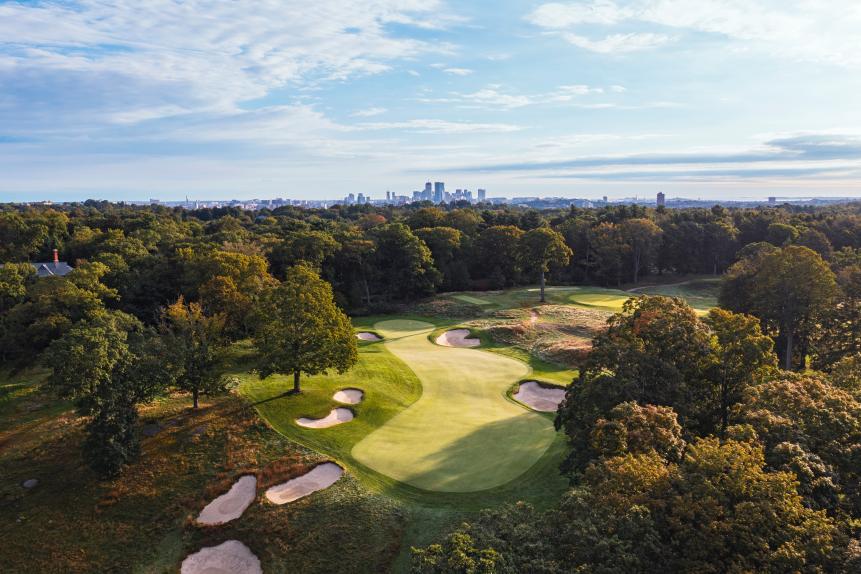
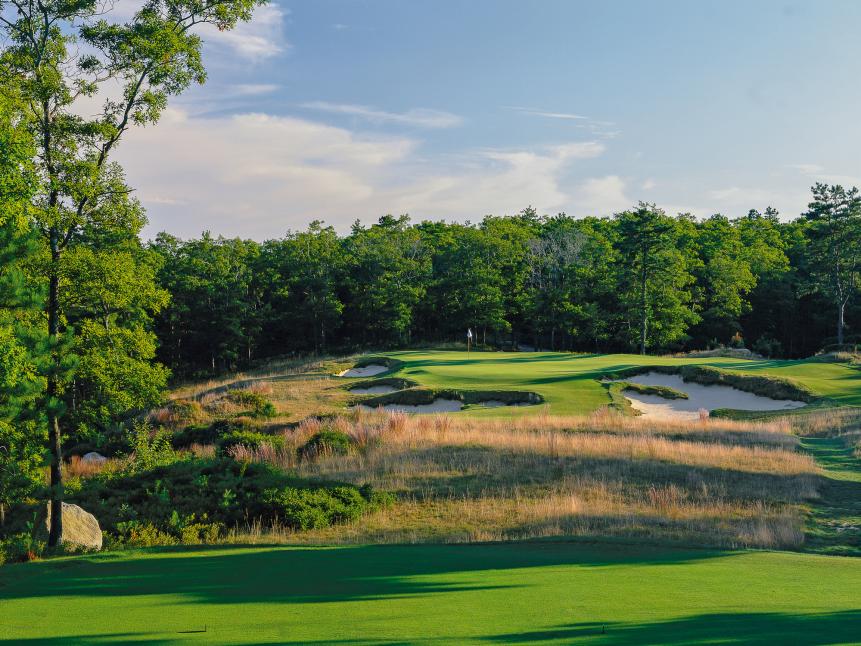
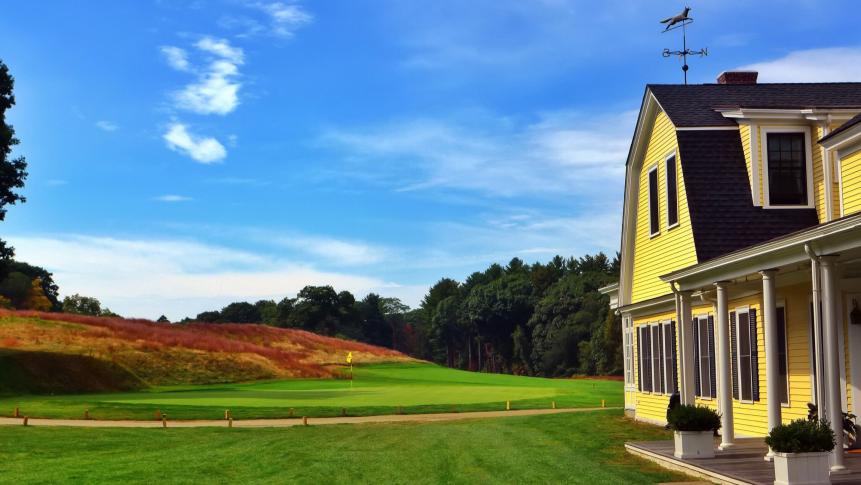
4. The Kittansett Club, Marion
5. Essex County Club, Manchester
6. Boston G.C., Hingham
7. Eastward Ho!, Chatham
8. Hyannisport Club
9. Salem C.C., Peabody
10. TPC Boston, Norton
6. Greater Philadelphia
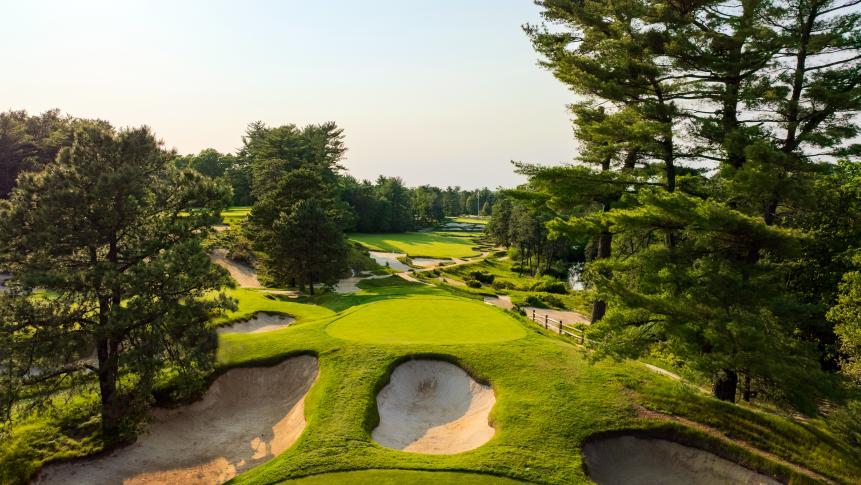
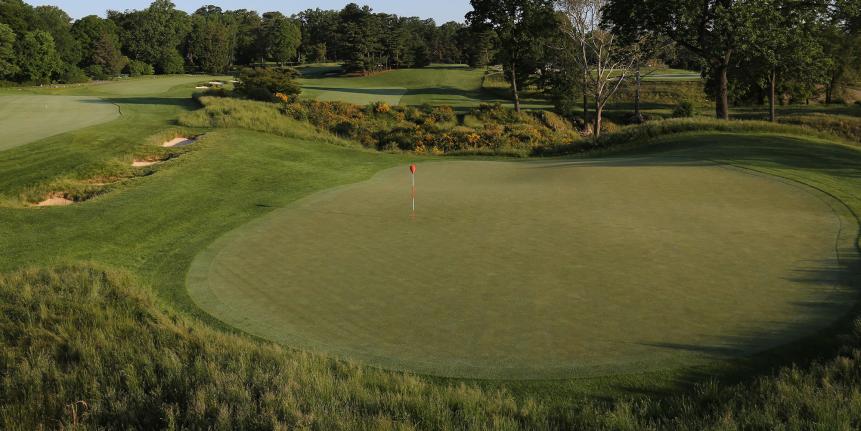
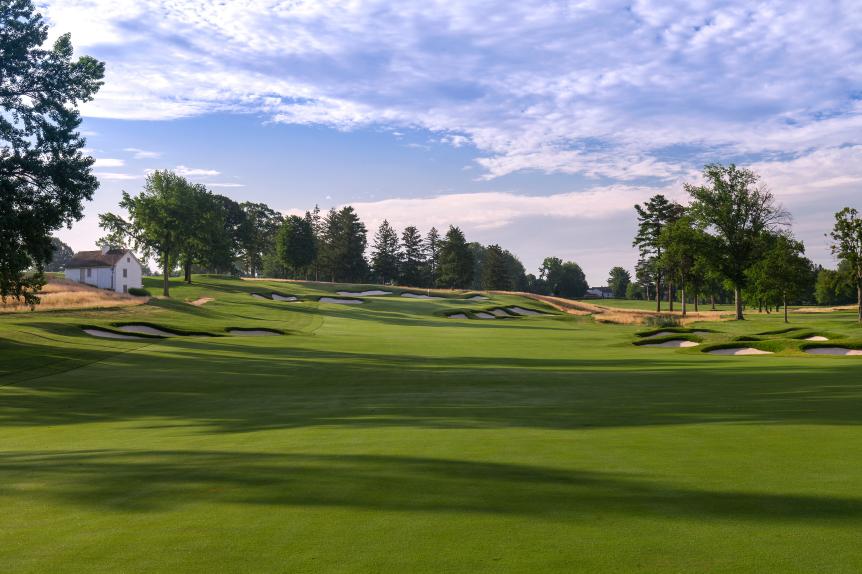
4. The Philadelphia Cricket Club (Wissahickon), Flourtown
5. Stonewall (Old), Elverson
6. Wilmington C.C. (South), Del.
7. Applebrook G.C., Malvern
8. Philadelphia C.C. (Spring Mill), Gladwyne
9. Rolling Green G.C., Springfield
10. Lookaway G.C., Buckingham
7. Westchester County, N.Y.
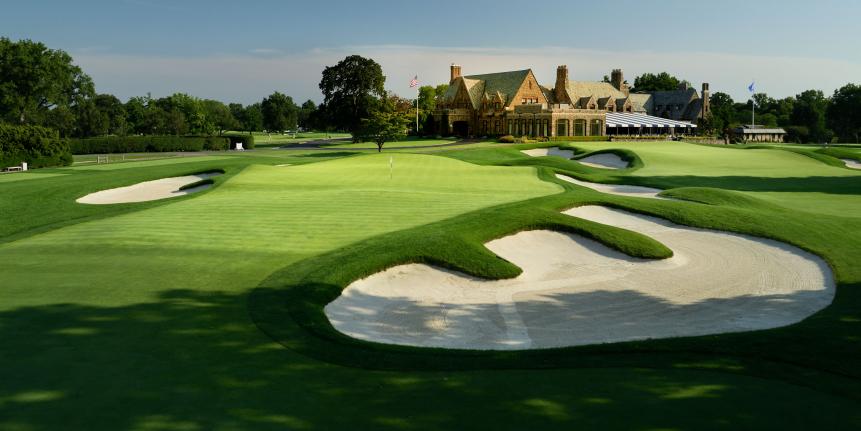
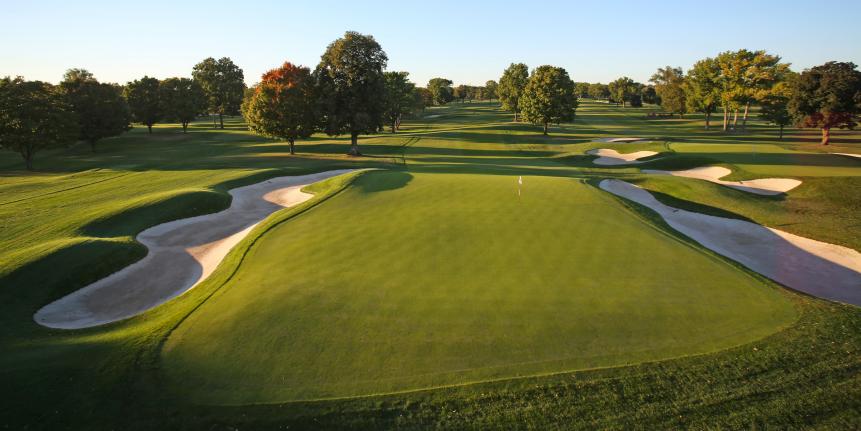
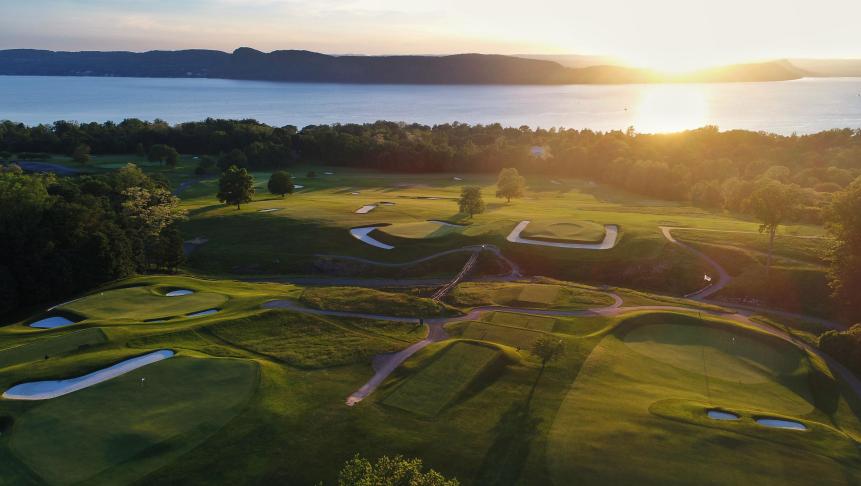
4. Quaker Ridge G.C., Scarsdale
5. Hudson National G.C., Croton on Hudson
6. Wykagyl C.C., New Rochelle
7. Westchester C.C. (West), Rye
8. Fenway G.C. Scarsdale
9. Whippoorwill Club, Armonk
10. Century C.C., Purchase
8. Wisconsin
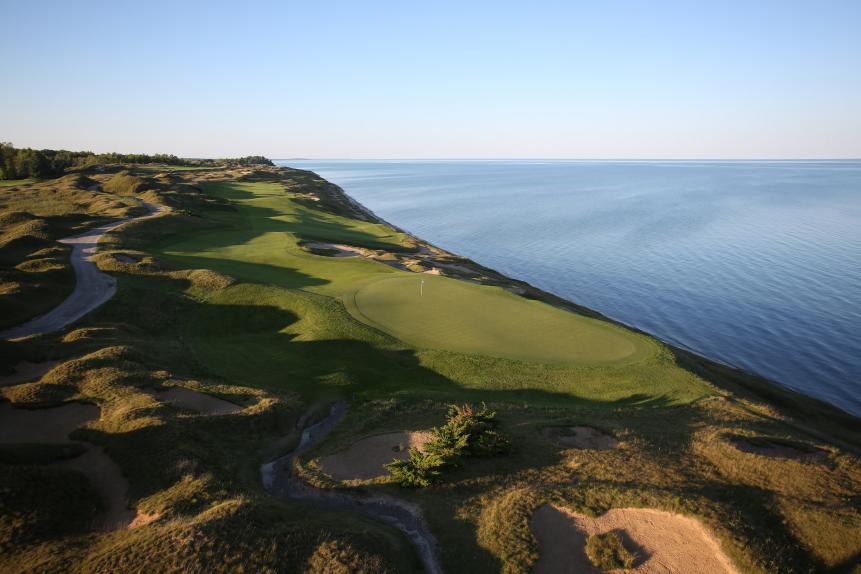
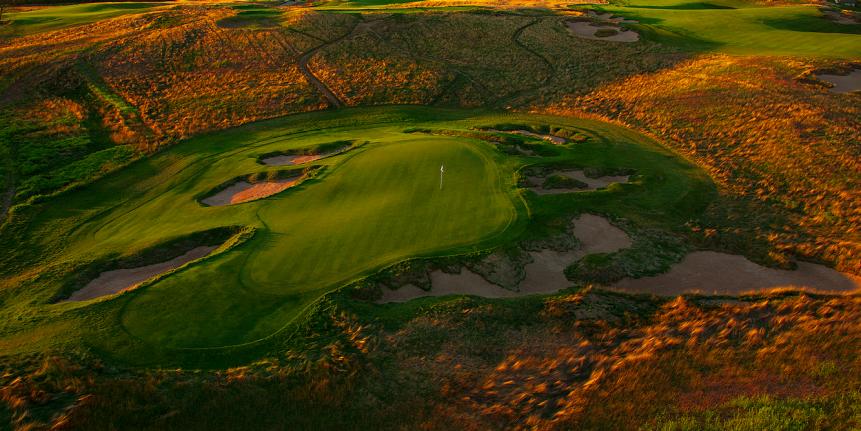
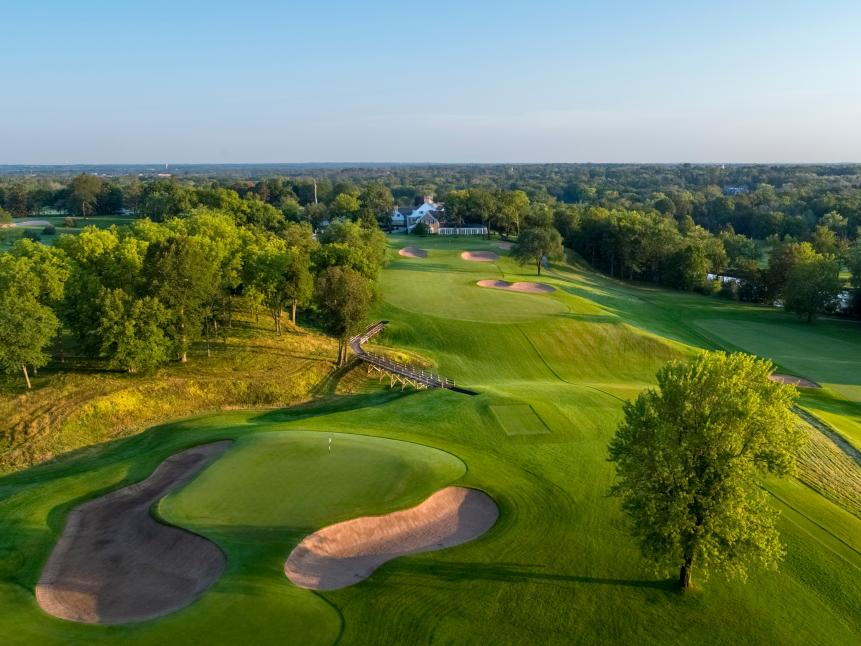
4. Blackwolf Run (River), Kohler
5. Sand Valley, Nekoosa
6. Mammoth Dunes, Nekoosa
7. Whistling Straits (Irish), Haven
8. Sentryworld G. Cse., Stevens Point
9. Blue Mound G. & C.C., Wauwatosa
10. The G. Courses at Lawsonia (Links), Green Lake
9. Northern Michigan
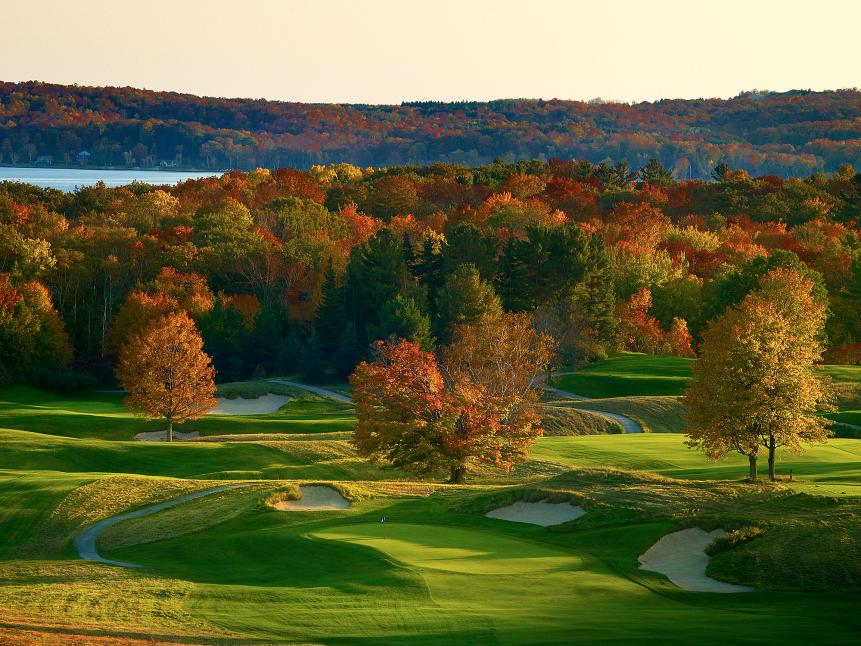
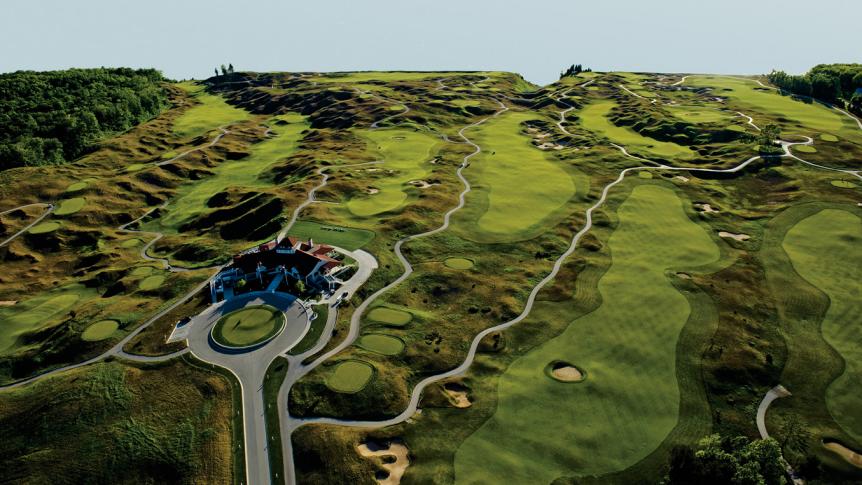
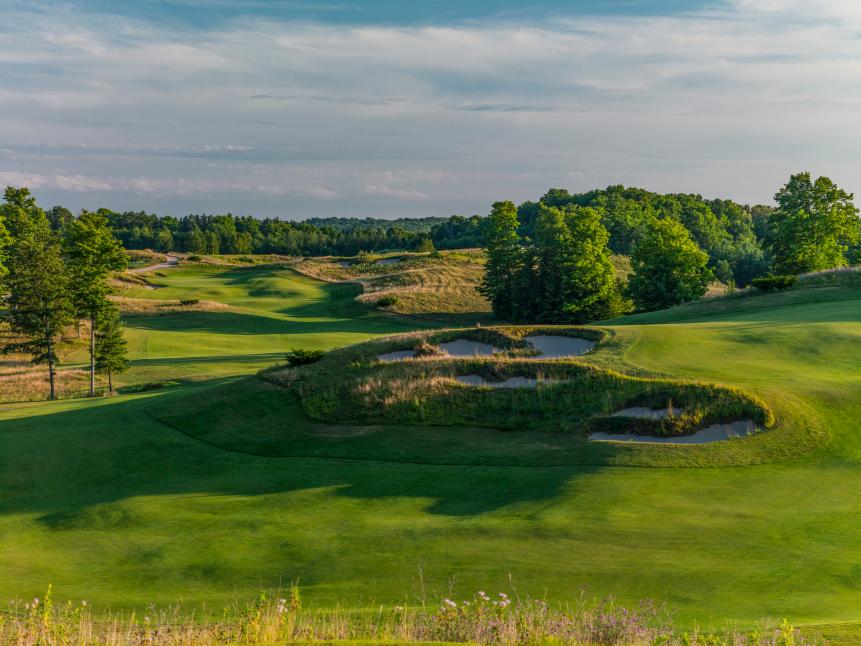
4. Forest Dunes G.C., Roscommon
5. True North G.C., Harbor Springs
6. Arcadia Bluffs G.C. (South)
7. The Loop at Forest Dunes G.C. (Black), Roscommon
8. Bay Harbor G.C. (Links/Quarry)
9. Marquette G.C. (Greywalls)
10. Lochenheath G.C., Williamsburg
10. Jupiter/West Palm Beach

%20-%2015th%20hole%20-%20Larry%20Lambrecht.jpg.rend.hgtvcom.861.574.suffix/1573162582732.jpeg)
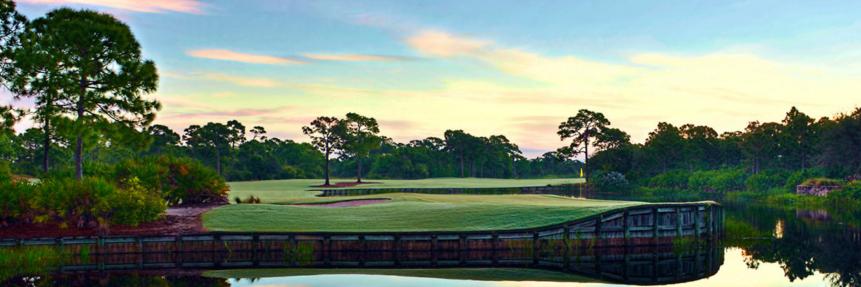
From Golf Digest Architecture Editor emeritus Ron Whitten: It was a comfortable round with Jack, in part because The Bear's Club is impressively comfortable. It's not your typical condo-covered, lake-laden Florida course. It's old Florida, with lots of pines and palmettos, and slightly scruffy around the edges. There's a natural 12-foot-high sand ridge running across the site. Jack enhanced it and added a couple of others that look equally natural. He integrated the design into its environment by retaining native brush wherever possible, separated from playing areas by transition areas of sand and pine straw. I loved the bunkering. It was big, high-banked, sweeping stuff, a very un-Florida-like in look and feel, using an imported grade of sand from Ohio that won't wash out with every rain shower. The back sides of most bunkers are merged into native sand and pine straw, so they look like blowouts emerging from sand dunes.
4. McArthur G.C., Hobe Sound
5. Trump International G.C. (Championship), West Palm Beach
6. Medalist G.C., Hobe Sound
7. Loblolly, Hobe Sound
8. Pine Tree G.C., Boynton Beach
9. Floridian National G.C., Palm City
10. Trump National Jupiter G.C.
11. Palm Springs
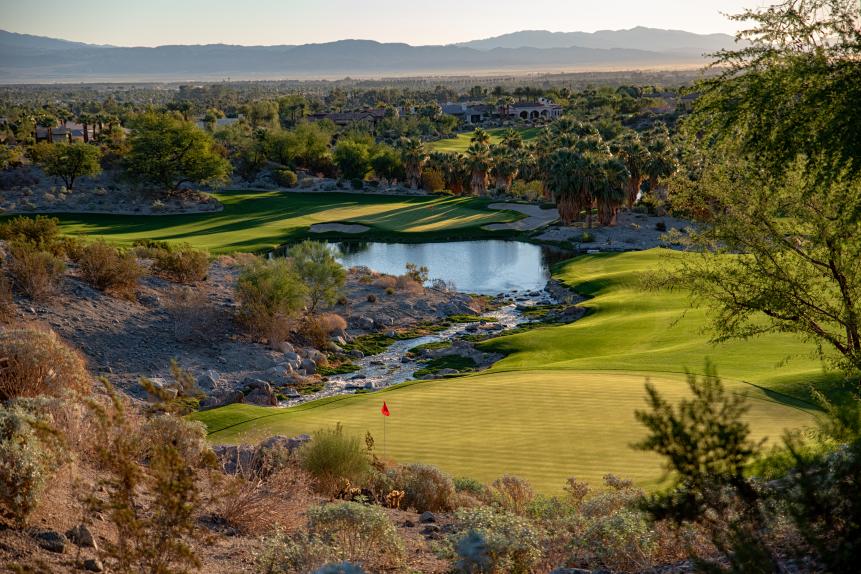
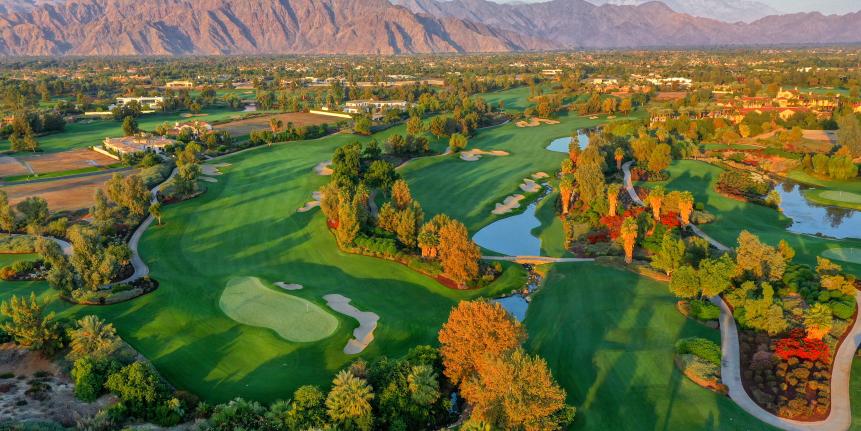

4. Tradition G.C., La Quinta
5. Bighorn G.C. (Mountains), Palm Desert
6. The Vintage Club (Mountain), Indian Wells
7. Bighorn G.C. (Canyons), Palm Desert
8. PGA West (Stadium), La Quinta
9. Eldorado C.C., Indian Wells
10. Toscana C.C. (North), Indian Wells
12. Greater Los Angeles

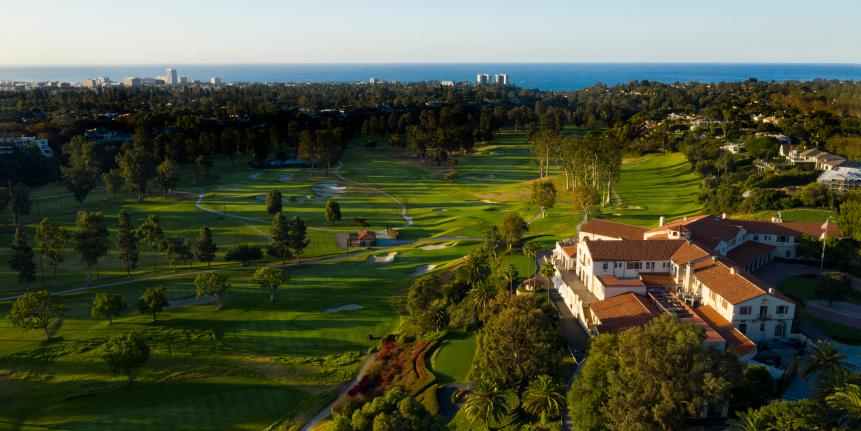

4. Sherwood C.C., Thousand Oaks
5. Shady Canyon G.C., Irvine
6. Lakeside G.C., Burbank
7. Los Angeles C.C. (South)
8. Wilshire C.C., Los Angeles
9. Pelican Hill G.C. (Ocean North), Newport Coast
10. Pelican Hill G.C. (Ocean South), Newport Coast
13. San Francisco Bay Area
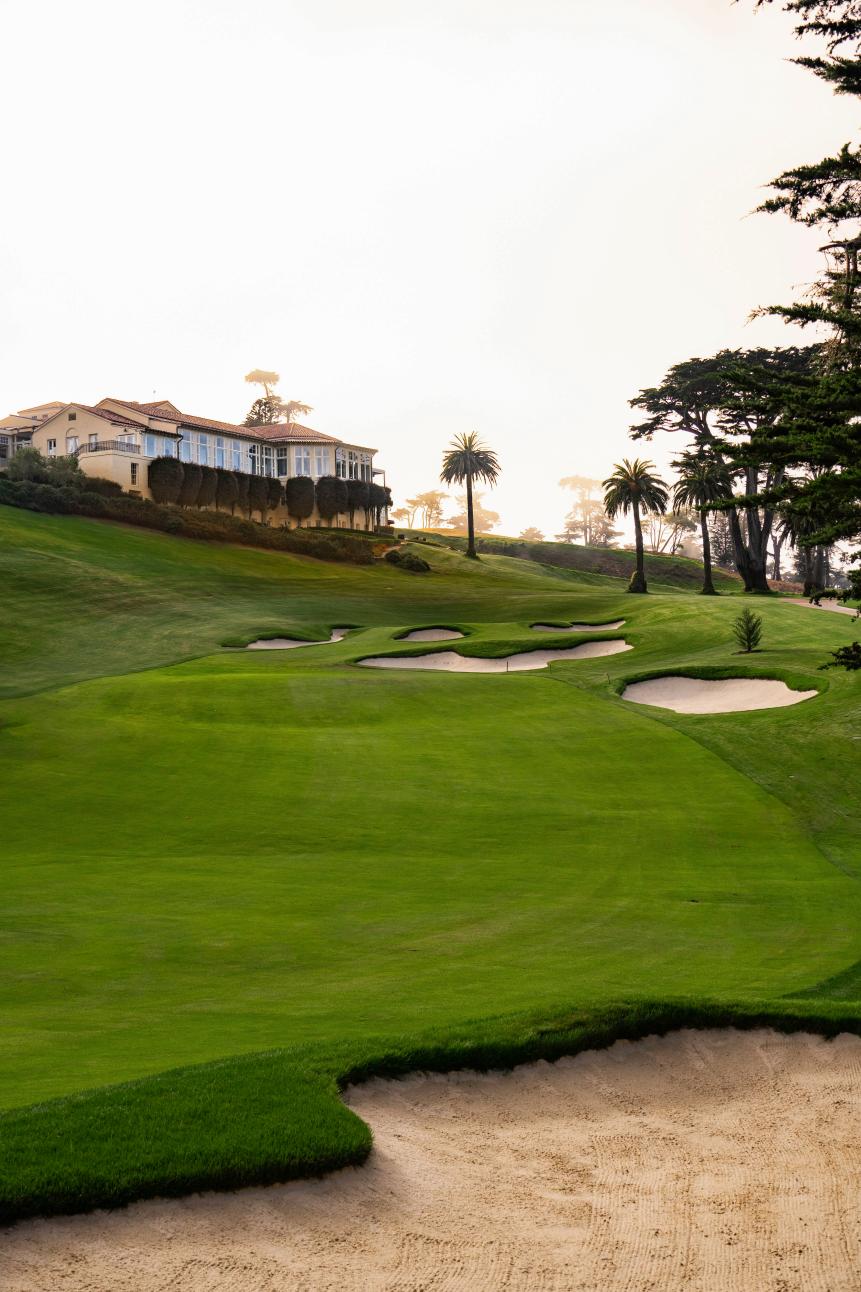
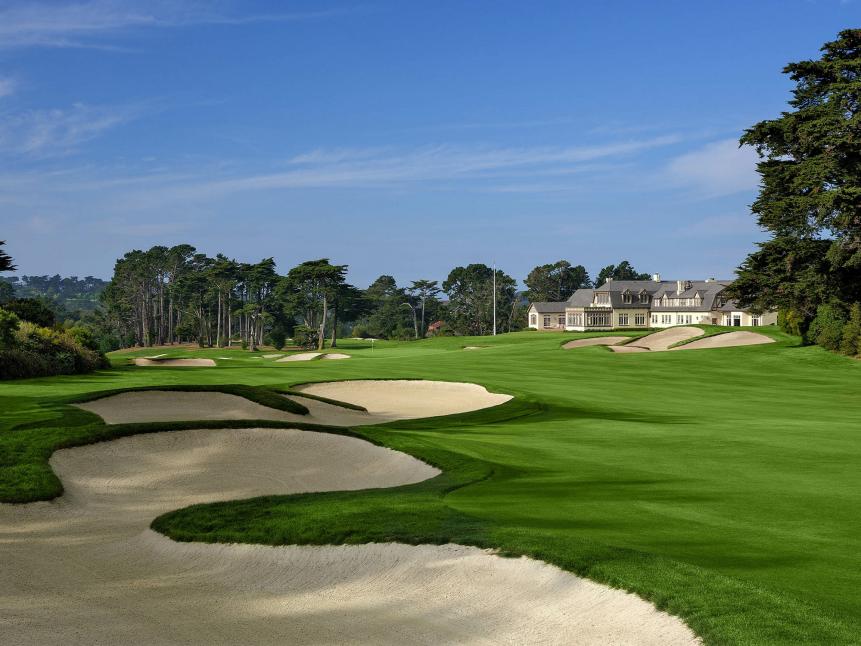
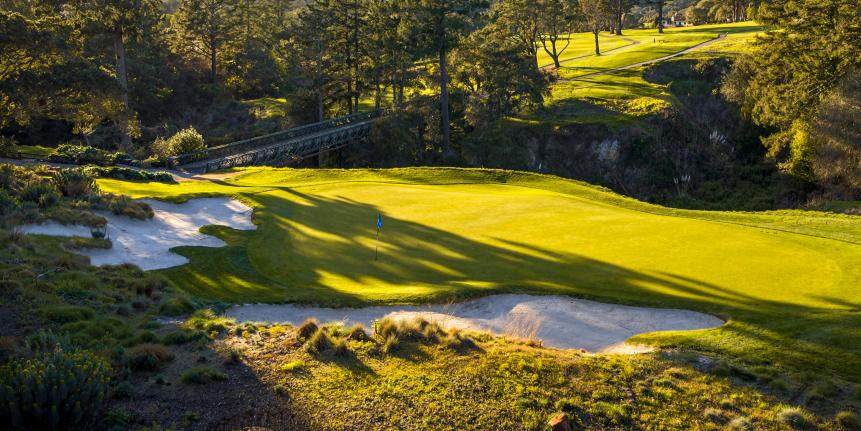
4. The California G.C. of San Francisco
5. Meadow Club, Fairfax
6. The Olympic Club (Ocean), San Francisco
7. Menlo C.C., Redwood City
8. TPC Harding Park, San Francisco
9. Lake Merced G.C., Daly City
10. Stanford (Calif.) G. Cse.
14. Atlanta
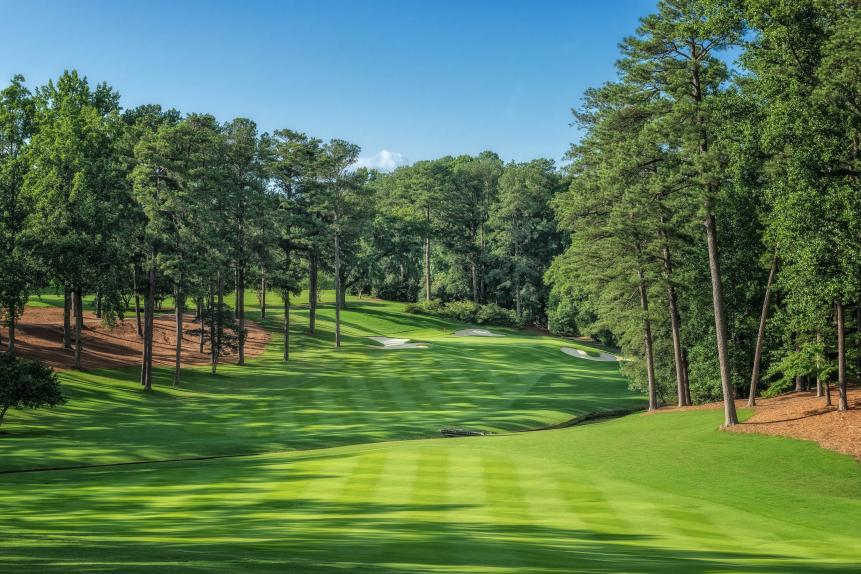
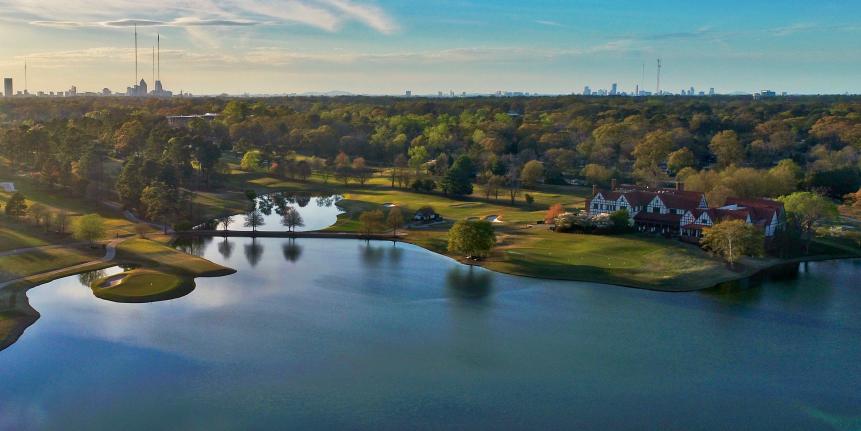
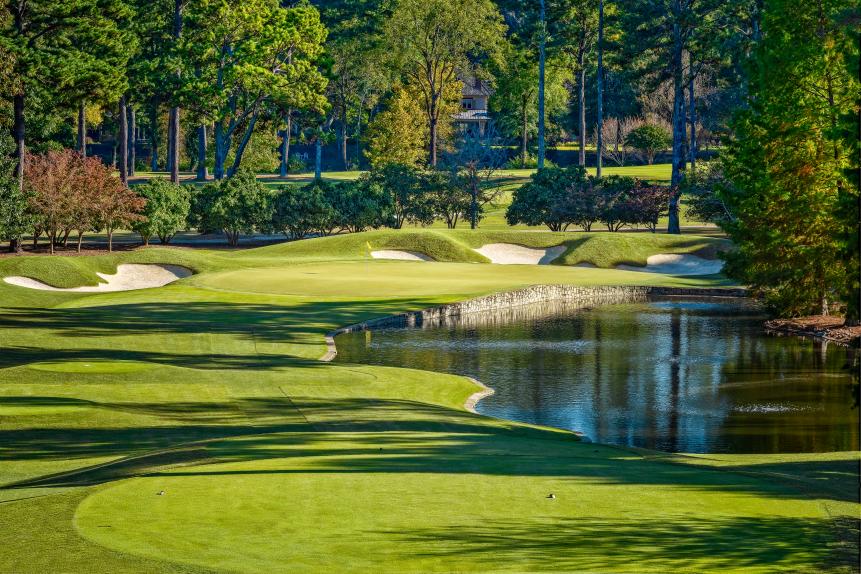
4. Atlanta Country Club, Marietta
5. Hawks Ridge G.C., Ball Ground
6. Ansley G.C. (Settindown Creek), Roswell
7. Atlanta Athletic Club (Riverside), Johns Creek
8. Capital City Club (Crabapple), Alpharetta
9. Cherokee Town & C.C. (North), Atlanta
10. G.C. of Georgia (Lakeside), Alpharetta
15. Phoenix/Scottsdale

%20-%2012th%20hole%20-%20courtesy%20of%20the%20club.jpg.rend.hgtvcom.861.431.suffix/1573162816013.jpeg)
%20-%2010th%20hole%20-%20courtesy%20of%20the%20club.jpg.rend.hgtvcom.861.344.suffix/1573162852906.jpeg)
4. Desert Forest Golf Club, Scottsdale
5. Desert Highlands, Scottsdale
6. Desert Mountain Club (Renegade), Scottsdale
7. Desert Mountain Club (Chiricahua), Scottsdale
8. Desert Mountain Club (Geronimo), Scottsdale
9. Silverleaf Club, Scottsdale
10. Quintero G.C., Peoria
16. Pinehurst, NC
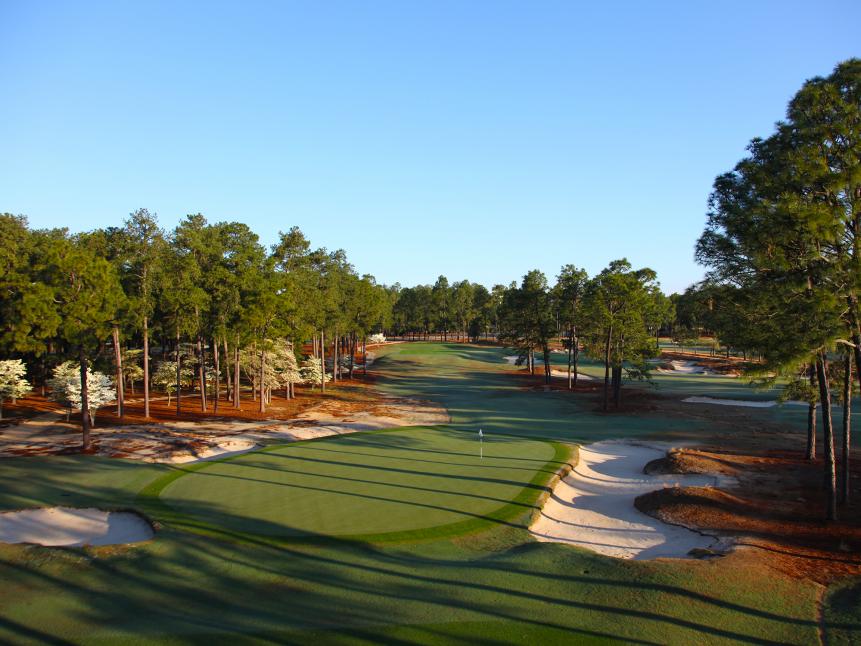
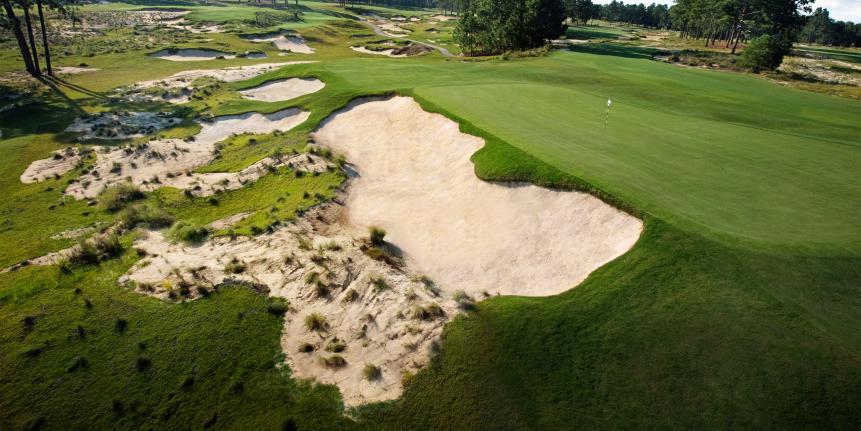

4. Tobacco Road, Sanford
5. Dormie Club, West End
6. C.C. of North Carolina (Dogwood), Pinehurst
7. Forest Creek (South), Pinehurst
8. Pine Needles Lodge & Golf Club, Southern Pines
9. Pinehurst (N.C.) Resort (No. 8)
10. Mid Pines Inn & Golf Club, Southern Pines
